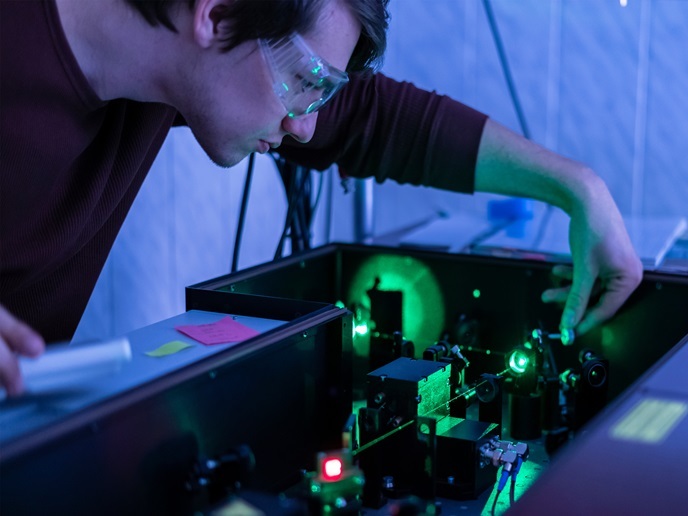A transformative neural engineering training network
Neural engineering encompasses knowledge in engineering, mathematics, physics and neuroscience to develop brain-computer interfaces (BCIs), cognitive computers and neural prosthetics. Funding from the EU has helped establish NETT, a large and powerful training network for facilitating research in neural engineering transformative technologies. Seven full partners and eleven associated partners including large and small companies joined forces. They conducted structured, industry-focused training and mentorship through internships and secondments that addressed real-world problems. NETT funding supported 21 research fellows who came up with impressive application-driven advancements. These include transformative technologies related to speech recognition, robots with cognitive and social skills and neural prosthetics for restoration of sensory motor function. A noteworthy development is the open-source software package SPIKY for neuronal data and spike train analysis as well as PySpike. Study outcomes have been published in high-profile neuroscience and engineering journals. The neural rehabilitation area has also received a boost. The fellows developed EEG decoders for gait analysis using additional features such as phase. The integral study framework developed was used for brain decoding and is available as an open-source package on github. Testing on healthy subjects and chronic stroke patients showed good results in terms of reproducibility. High-throughput in vivo drug characterisation in the intact brain may soon be possible thanks to the development of a novel two-photon targeted patch-clamping robotic technology. This optogenetic BCI technology could also be used to reverse engineer neural circuits. Other highlights include the development of methodologies, models and algorithms for characterising pulse coupled neural networks, multi-photon scanning of neural tissue and more. Applications are wide-ranging in speech recognition, control systems, synthetic cognition and information processing. The multidisciplinary NETT training network has prepared a new generation of researchers for innovation in neural engineering. This will aid in diagnosis, treatment and recovery after central nervous system trauma or disease. Further, these transformative technologies will change the way we communicate with each other, and with machines, for a lasting impact on the daily life of EU citizens.
Keywords
Neural engineering, training network, transformative technologies, BCI, NETT, robotic technology







